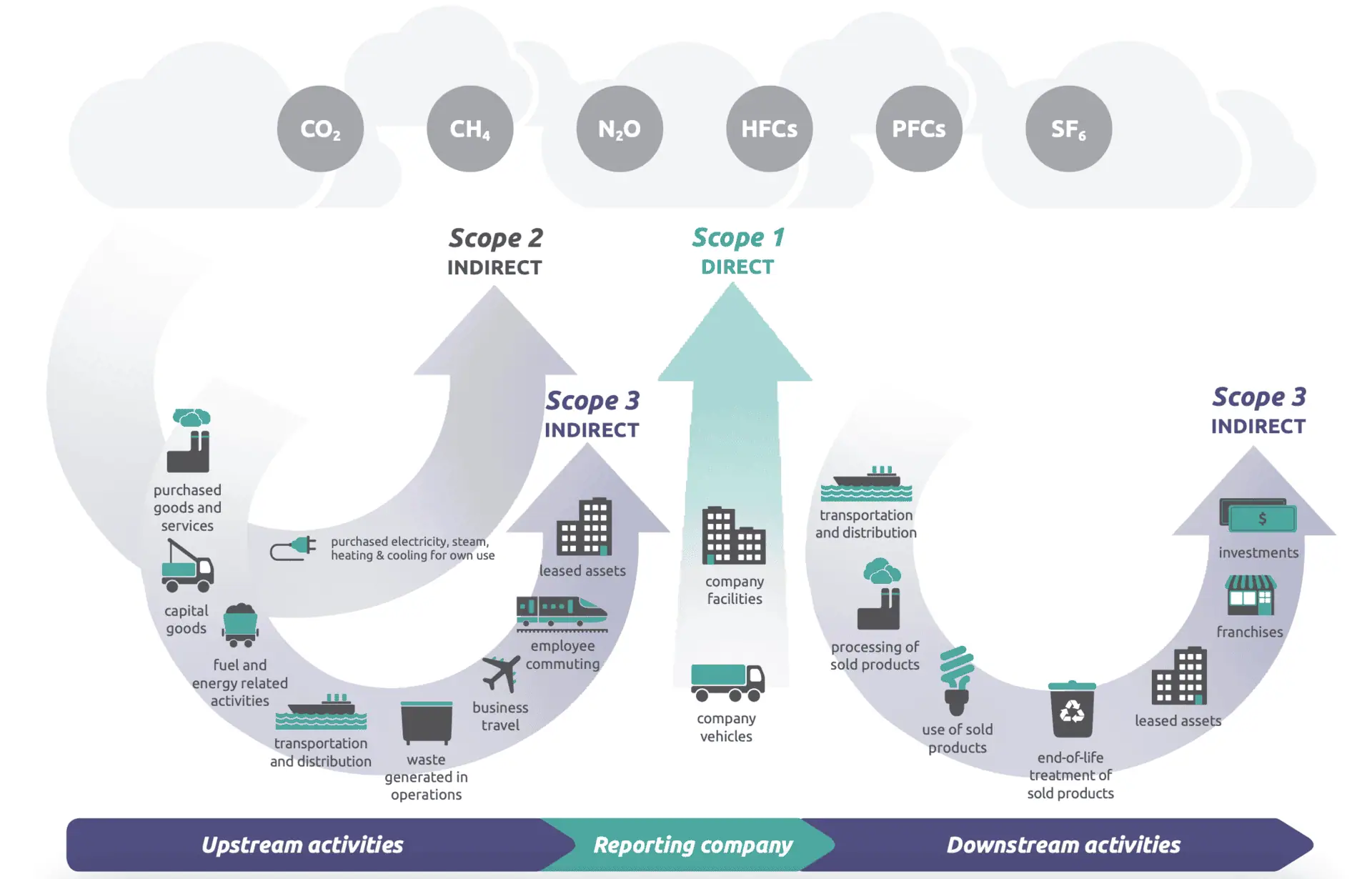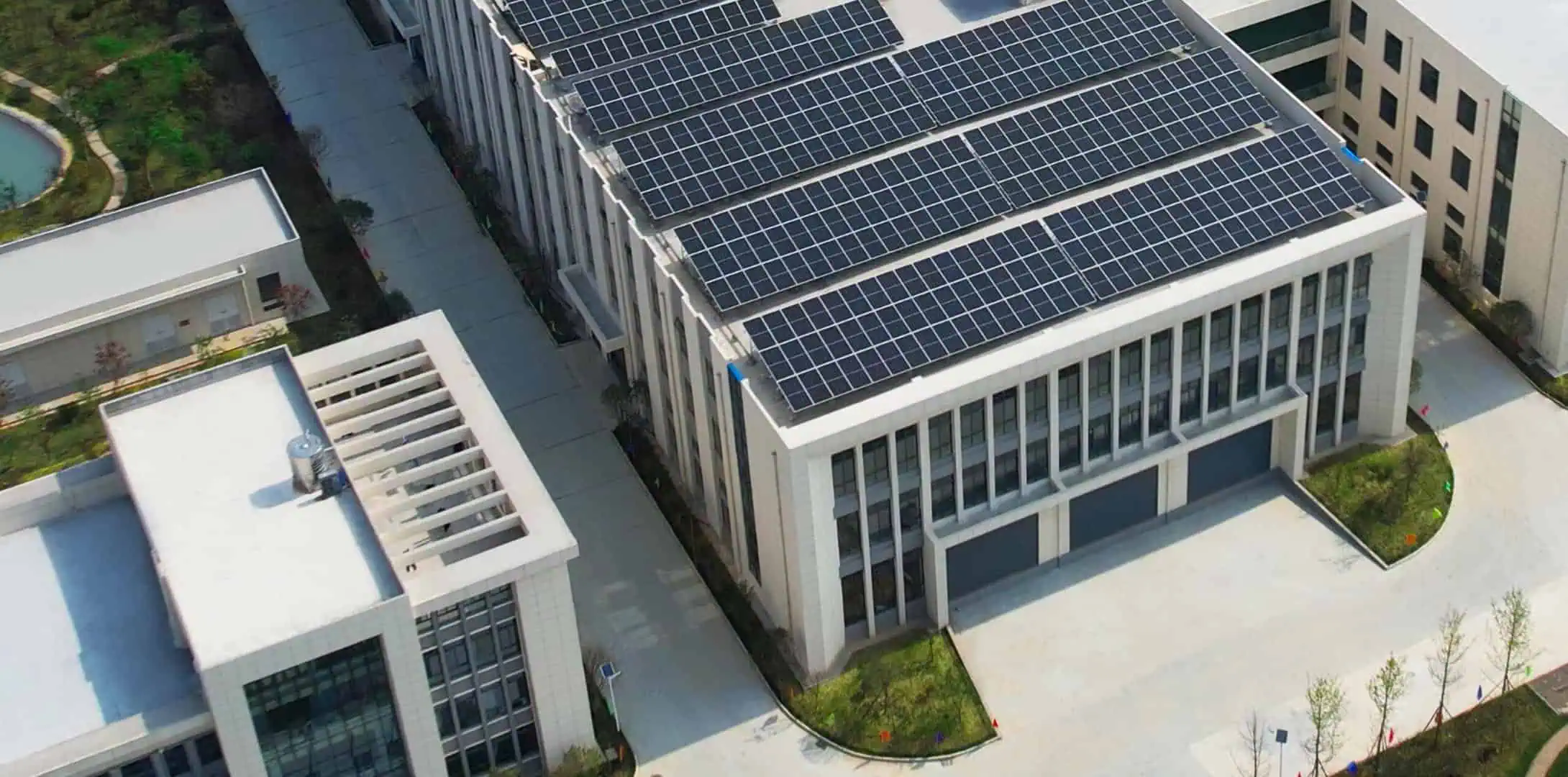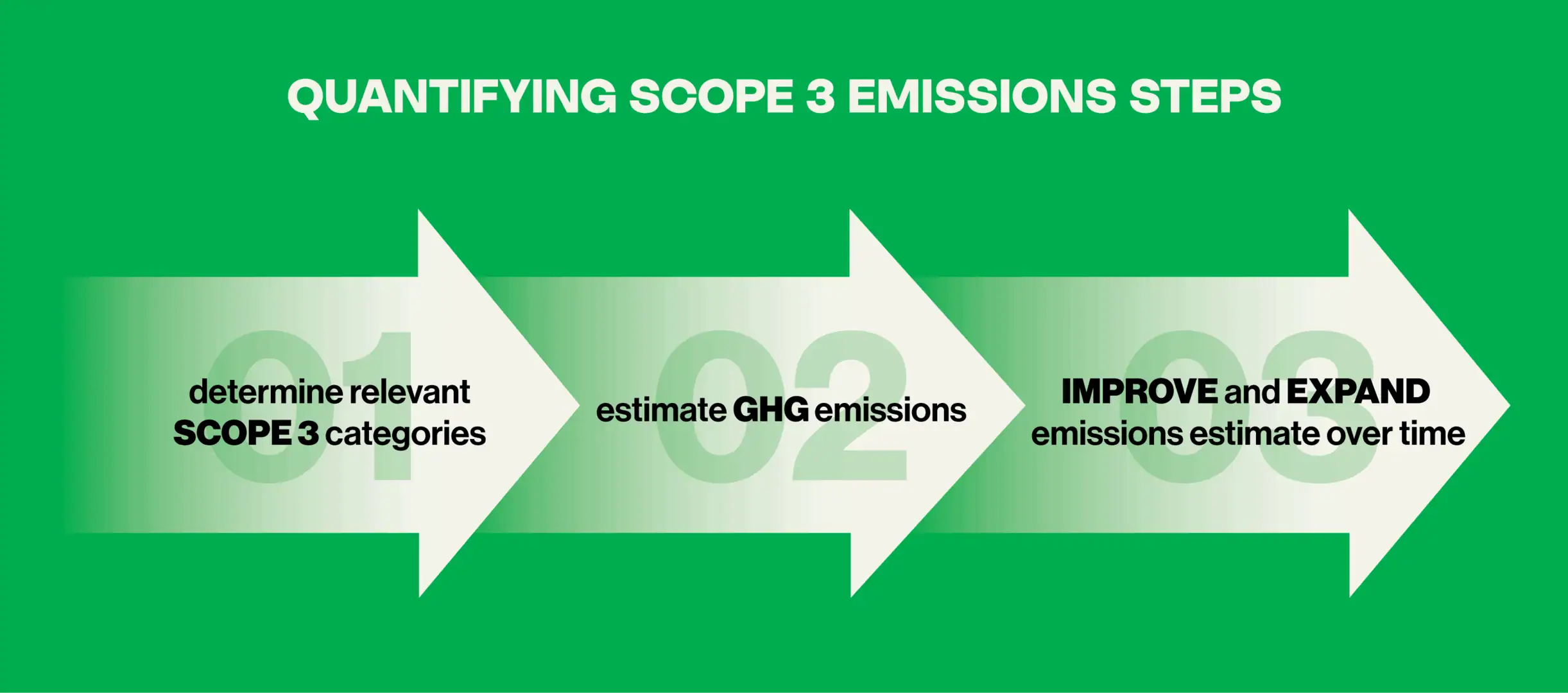Author
Energy & Sustainability Director
Published
June 11th, 2024
Length
3 Minutes
GHG emissions are a critical factor in the fight against climate change, and understanding a packaging partner’s carbon footprint is crucial for luxury brands committed to sustainability.
Recognizing this, IDP Direct partnered with EcoAct, a leading sustainability consultancy. Together, they’re finding new ways to measure, manage, and reduce GHG emissions, setting a new standard for eco-conscious luxury brands worldwide.
Despite luxury brands setting ambitious sustainability targets, many brands struggle to meet them, highlighting the urgency for collaborative initiatives to drive meaningful change.

Understanding GHG Emissions
GHG emissions include gases like carbon dioxide (CO2), methane (CH4), nitrous oxide (N2O), and fluorinated gases, which trap heat in the atmosphere and contribute to global warming. These emissions come from activities such as burning fossil fuels, industrial processes, and agriculture. (National Geographic)
The Three Scopes of GHG Emissions

The Greenhouse Gas Protocol, classifies emissions into three scopes:
- Scope 1: Direct emissions from company-owned sources.
- Scope 2: Indirect emissions from purchased electricity, steam, heat, or cooling.
- Scope 3: All other indirect emissions in a company’s value chain, including suppliers and transportation.
Why Scope 3 Matters for Luxury Brands
Understanding and addressing scope 3 emissions is crucial for luxury brands aiming to achieve their carbon reduction targets, as they often represent a significant portion of their overall carbon footprint. (US EPA)
Collaborating with suppliers who manage their scope 3 emissions effectively enables luxury brands to lower their environmental impact and enhance their sustainability efforts.
Despite setting ambitious targets, many brands struggle to meet them, highlighting the importance of addressing scope 3 emissions. By doing so, luxury brands can strengthen their reputation, brand value, and competitiveness in a sustainability-focused market.
How IDP Direct is Helping to Reduce GHG Emissions
IDP Direct leads by example in the luxury packaging industry:
- Transparency: We provide detailed emissions reports, helping customers understand and reduce their Scope 3 emissions.
- Product-Level Footprinting: We can offer carbon footprints for each product to guide lower-emission packaging designs.
- Emissions Reductions: We are actively working to reduce emissions, particularly in our supply chain. For example, our Chinese factory now runs on nearly 100% solar energy, significantly lowering Scope 3 emissions for our customers.

Our Leading Approach to GHG Inventory Management
- Screening: Our factory now runs on nearly 100% solar energy, significantly lowering Scope 3 emissions for our customers.
- Data Collection: We gather accurate data on consumption, transportation, and waste from over 10 data owners.
- Emissions Quantification: We convert activity data into CO2 equivalent emissions to provide actionable insights.

By focusing on GHG emissions measurement, management, and reduction, IDP Direct sets a high standard for eco-conscious luxury brands.
As the urgency of climate action intensifies and the gap between ambition and achievement widens, our initiatives highlight the importance of collaborative efforts in achieving sustainability.
Together, we can create a more sustainable and resilient future. Contact us to learn more.


